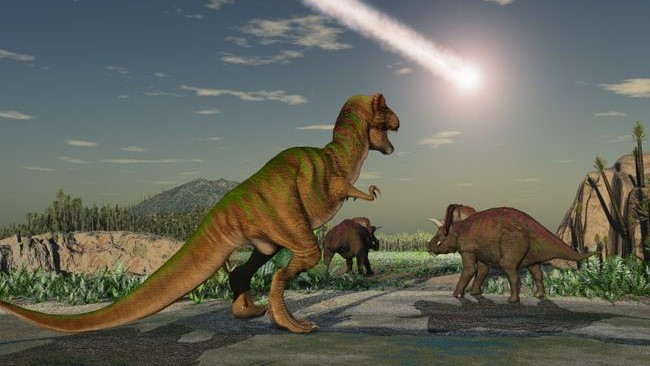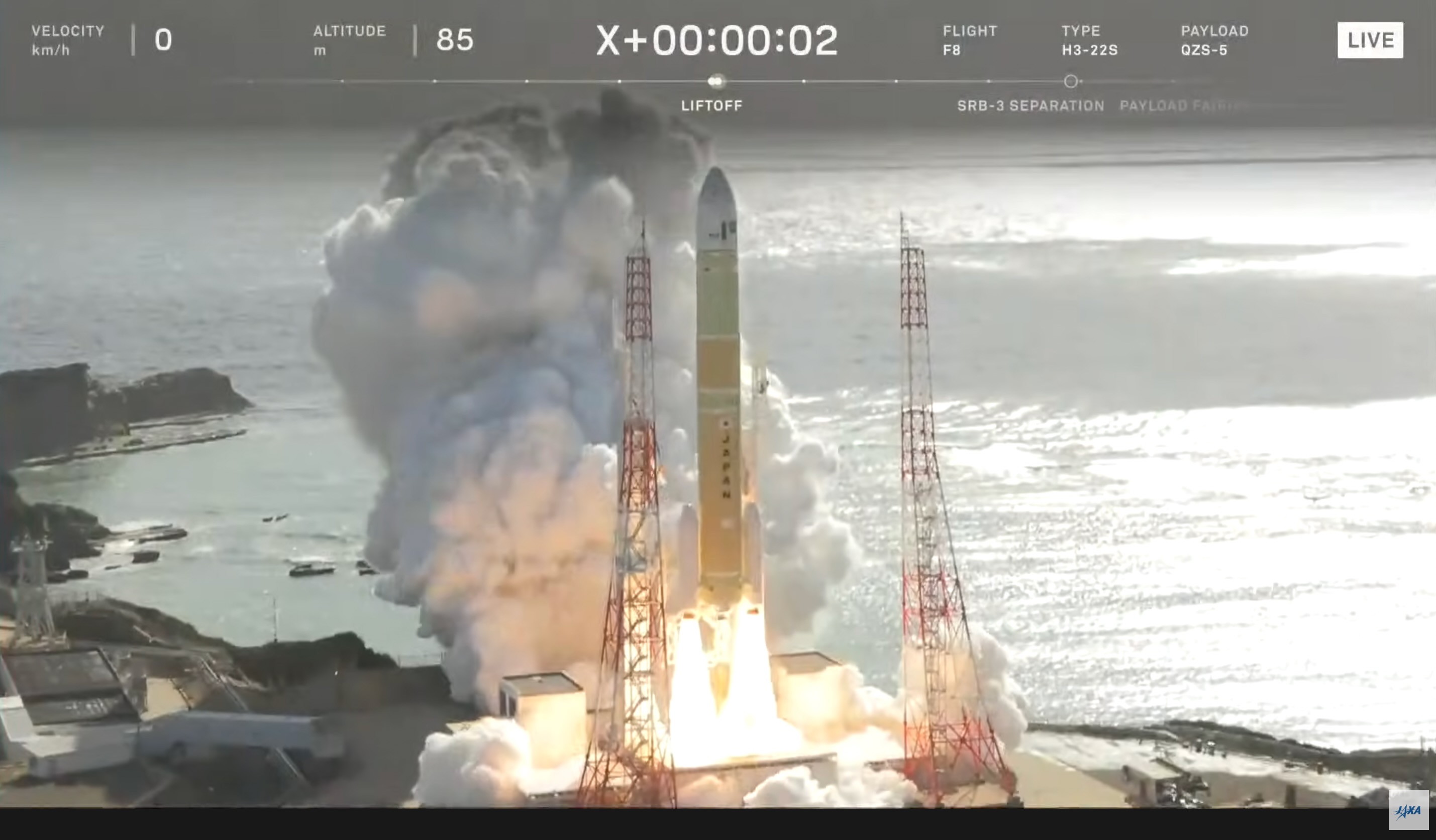Chicxulub asteroid impact created 2-year cloud of dust that may have killed the dinosaurs
Researchers have so far overlooked the impact of dust particles on the mass extinction of species following the Chicxulub asteroid impact.

66 million years ago, a large asteroid crashed into Earth near Mexico's Yucatán Peninsula, sparking a frigid global winter that led to the mass extinction of dinosaurs who had reigned over the planet for over 160 million years.
"The asteroid didn't kill all the dinosaurs in one go, but it was a more stealthy murderer, which triggered a war of attrition that led three out of every four species to die," Steve Brusatte, a paleontologist at the University of Edinburgh unaffiliated with the new study, told Guardian's Ian Sample.
Scientists generally agree the Chicxulub impact wiped out 75% of all species on Earth, but precisely what caused the extreme and abrupt shift in climate following the event has been an open question. Now, new research pins it down to very fine dust particles that were blasted into the atmosphere due to the impact. A layer of dust blanketed Earth for up to 20 years, "in which the first five to eight years are the most severe," Cem Berk Senel, a postdoctoral researcher in planetary science at the Royal Observatory of Belgium and his team write in the new study.
Related: Asteroid that killed the dinosaurs: Likely origin and what we know about the famous space rock
In the first year after the impact, global temperatures dropped by more than 10 degrees Celsius (18 degrees Fahrenheit).
Previous research focused on two other contributors to the long, dark winter that followed: Soot and sulfur, which absorb and block sunlight more effectively than dust. However, a 66-million-year-old rock sample Senel and his team collected in North Dakota, about 1,800 miles (3,000 km) north of the Chicxulub crater, shows a lot more fine dust particles than expected, suggesting dust played a bigger role in the cataclysmic event than previously thought.
The change in Earth's history from what geoscientists call the Cretaceous period to the Palaeogene period is recorded in a 4.3-foot-thick (1.3 meters) part of the collected rock, which formed at the time of the Chicxulub event. After measuring the sizes of particles in this section of rock, Senel and his team used the data to simulate post-impact climate. The simulation predicted a blanket of dust particles between 0.8 and 8 micrometers in diameter formed just a week after impact.
Breaking space news, the latest updates on rocket launches, skywatching events and more!
Within two weeks, that blanket, which researchers suspect hovered in Earth's atmosphere longer than soot and sulfur, stopped plants from photosynthesizing for up to two years. The shut down in turn starved species relying on them, including non-avian dinosaurs, according to the new study.
The new study underscores the thus-far overlooked role of dust particles in the global impact winter. However, it's unlikely to be the final word on whether soot or dust caused the cooling, as variations in climate models could lead to different results.
The new study, for instance, explains how hibernating plants and animals could have survived the two-year-period without photosynthesis, but it doesn't explain how freshwater organisms survived the impact.
So more research is needed to better understand the "exact killing mechanisms" after the Chicxulub impact, said Senel.
This research is described in a paper published Oct. 30 in the journal Nature Geoscience.
Editor's note: This article was updated at 5:45 p.m. ET on Nov. 1 to clarify the temperatures by which the dust reduced Earth's temperatures.

Sharmila Kuthunur is an independent space journalist based in Bengaluru, India. Her work has also appeared in Scientific American, Science, Astronomy and Live Science, among other publications. She holds a master's degree in journalism from Northeastern University in Boston.
